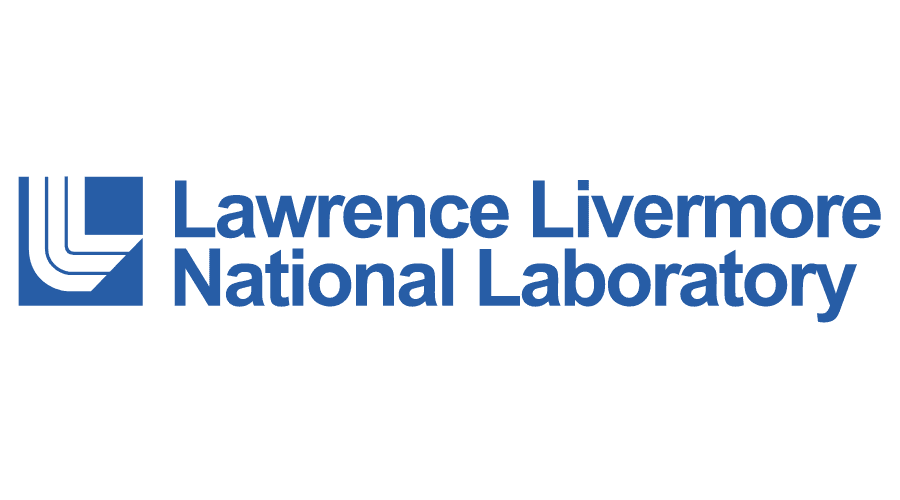Part 1 of 2 Parts
Scientists at the National Ignition Facility (NIF) located at the Lawrence Livermore National Laboratory (LLNL) have been working to understand the differences found between computer simulations and actual laboratory performance of initial confinement fusion (ICF). They have discovered data that correlates two factors that can lead to implosion asymmetries that may help explain the discrepancy.
They are conducting experiments that are aimed at igniting a propagating fusion burn wave in a deuterium-tritium fuel mixture. In order to ignite fusion, the fuel mixture must attain a self-heating state in which the energy that is produced exceeds the energy lost from expansion, thermal conduction and radiative cooling.
The best performance obtained so far for ICF implosions have a central hot-spot pressure of three hundred and sixty gigabars (which corresponds to billions of times the air pressure at sea level) and a fusion yield of fifty kilojoules. These experiments have begun to show the effects expected of fusion self-heating. However, these experiments still underperform expectations from one and two dimensional computer simulations which predict pressures of five hundred gigabars and dynamics dominated by self-heating.
Through analysis of data from several years of high-yield NIF ICF experiments, scientists have found that there is a correlation between the velocity of the hot-spot implosion and the asymmetry of fuel areal-density which is a combination of the thickness and density of the imploding frozen fusion fuel shell.
Hans Rinderknecht is a physicist at the Laboratory for Laser Energetics. He carried out these experiments while he was a Lawrence Fellow at LLNL. LLNL physicist Dan Casey and other LLNL colleagues also worked on the project. The results of their research were published in a Physical Review Letters paper.
Casey said, “We know that asymmetry is a principal degradation of implosion performance. We found that 3-D asymmetry does exist and is correlated between two key measurements. These results lay the foundation for subsequent work to track down the sources of the asymmetries.”
The correlation that was found was consistent across a wide range of shot and target configurations, This included shots from the high-density carbon (HDC), “BigFoot” or high-adiabat (reduced compression) (HRC) and traditional CH (plastic capsule) experimental set-ups. Rinderknecht said, “We found that most of the implosions performed in the last three years of the ICF program on NIF had an unintentional asymmetry that 'pushed' the implosion to one side instead of imploding it uniformly. This meant that some of the energy was wasted.”
These experiments revealed a surprising coincidence of magnitude and direction between the hot-spot velocity and the asymmetry of the fuel areal-density across a wide range of experimental configurations with varied ablator composition, laser-power history and other factors. This suggests that there is a common, systematic underlying cause. The implosions tended to be pushed towards the diagnostic windows in the hohlraum. The hohlraum is a cavity whose walls are in radiative equilibrium with the radiant energy within the cavity. The windows are covered by thin layers of gold that permit X-ray cameras to see the capsule inside the hohlraum.
Please read Part 2 next
